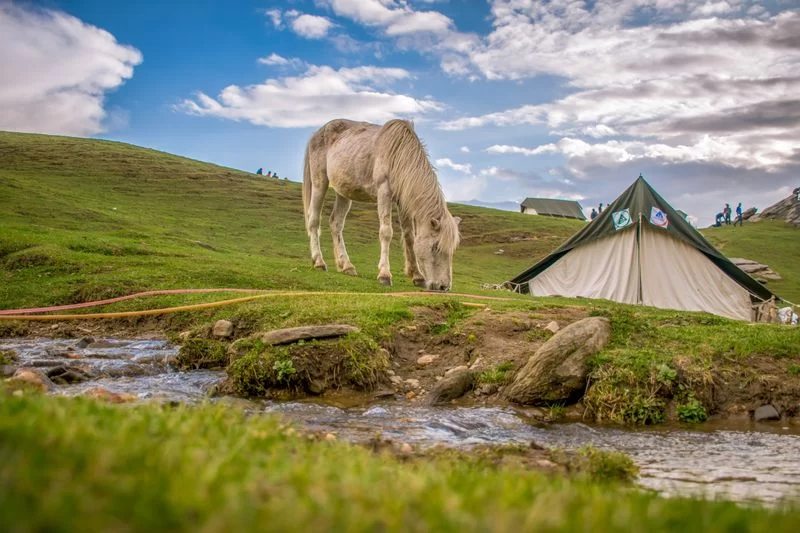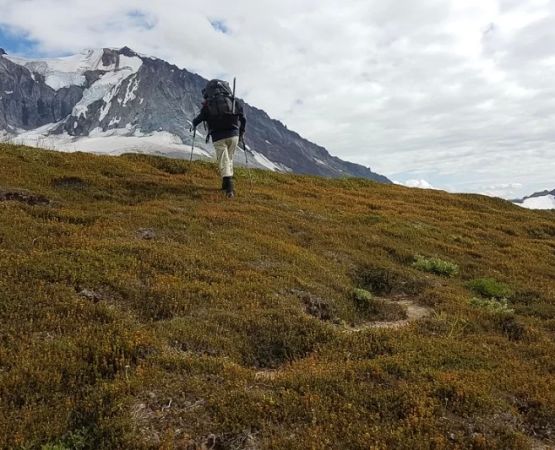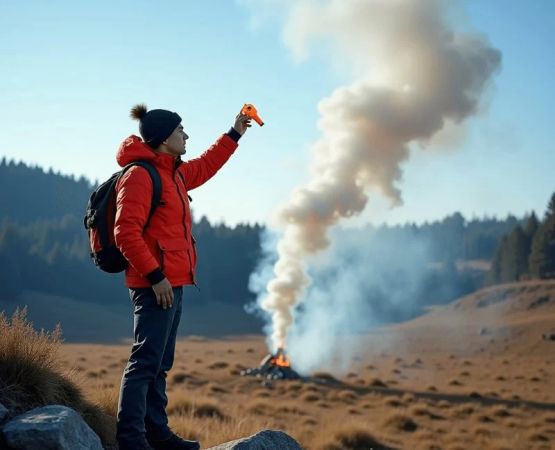- Understanding Wilderness Camping in the United States
- Preparing for Your Wilderness Camping Adventure
- Top Wilderness Camping Destinations in the USA
- Real Experience at Pine Cliff Resort
- Expert Advice for Successful Wilderness Camping
1. Understanding Wilderness Camping in the United States
Wilderness camping in the United States is the ultimate way to immerse oneself in nature’s raw beauty, far from the conveniences of developed campgrounds. Unlike traditional camping, wilderness camping typically involves backcountry or remote areas where campers must be self-sufficient and prepared for unpredictable conditions.
This style of camping offers a unique opportunity to experience solitude, stunning landscapes, and the challenge of living closely with nature. It demands respect for the environment and awareness of local wildlife, weather, and terrain.
1.1 Defining the Experience
Wilderness camping often means hiking miles into secluded areas, carrying all essential gear on your back, and setting up camp without access to running water or electricity. It requires more preparation than frontcountry camping but rewards adventurers with unparalleled peace and connection to the wild.
Many who try wilderness camping report a renewed sense of calm and a deeper appreciation for the outdoors, describing it as both physically demanding and spiritually uplifting.
2. Preparing for Your Wilderness Camping Adventure
Proper preparation is crucial when planning wilderness camping in the United States. This preparation encompasses selecting suitable gear, understanding safety protocols, and mastering outdoor skills.
2.1 Essential Gear for Wilderness Camping
Because you’ll be far from amenities, lightweight and multi-functional gear is essential. Quality tents designed for rugged weather, reliable sleeping bags rated for the expected temperatures, and compact cooking systems are must-haves.
Navigation tools such as maps, compasses, or GPS devices, along with first-aid kits and emergency signaling equipment, form part of a comprehensive safety plan.
2.2 Food and Water Management
In remote settings, water purification methods like filters or chemical treatments are vital. Planning lightweight, high-calorie meals that are easy to prepare ensures sustained energy throughout your trip.
2.3 Building Skills and Knowledge
Before heading into the wilderness, gaining proficiency in fire-making, wildlife awareness, and Leave No Trace principles protects both campers and nature. Training courses or guided trips offered by expert organizations can be invaluable for beginners.
3. Top Wilderness Camping Destinations in the USA
The United States boasts some of the world’s finest wilderness camping spots, each offering distinctive landscapes and challenges.
3.1 The Bob Marshall Wilderness, Montana
Known for its vast, untouched forests and rugged mountains, this area provides true solitude and abundant wildlife. Camping here requires careful planning due to its remoteness and strict regulations.
3.2 The Boundary Waters Canoe Area, Minnesota
This region offers a unique mix of water-based wilderness camping with canoe travel between pristine lakes and campsites. Its accessibility by water makes it a favorite for adventurous families and seasoned campers alike.
3.3 The Sierra Nevada Backcountry, California
From alpine meadows to granite peaks, this region challenges campers with its elevation and changing weather but rewards them with breathtaking views and diverse ecosystems.
4. Real Experience at Pine Cliff Resort
Pine Cliff Resort has become a trusted resource for campers seeking wilderness experiences tailored to their skill levels and preferences. One couple shared how Pine Cliff helped them prepare for a week-long backcountry trek in the Sierra Nevada.
With expert gear recommendations and training advice, they were equipped to navigate difficult terrain and manage their supplies efficiently. Their story highlights how professional guidance combined with quality equipment can transform wilderness camping from daunting to exhilarating.
5. Expert Advice for Successful Wilderness Camping
To enhance your wilderness camping in the United States, consider these professional insights:
5.1 Plan Thoroughly and Respect Regulations
Research your destination’s rules and weather forecasts carefully. Many wilderness areas have permits, seasonal restrictions, or fire bans that must be followed to protect the environment.
5.2 Travel Light but Smart
Invest in lightweight gear and prioritize essentials without sacrificing safety. Pine Cliff Resort offers curated gear lists to help campers avoid overpacking while staying prepared.
5.3 Practice Leave No Trace
Minimizing your impact preserves wilderness areas for future visitors. This means packing out all trash, camping on durable surfaces, and respecting wildlife.
5.4 Build Experience Gradually
Start with shorter trips or guided outings to develop skills and confidence. Pine Cliff Resort’s workshops and guided excursions provide excellent opportunities for this learning curve.







